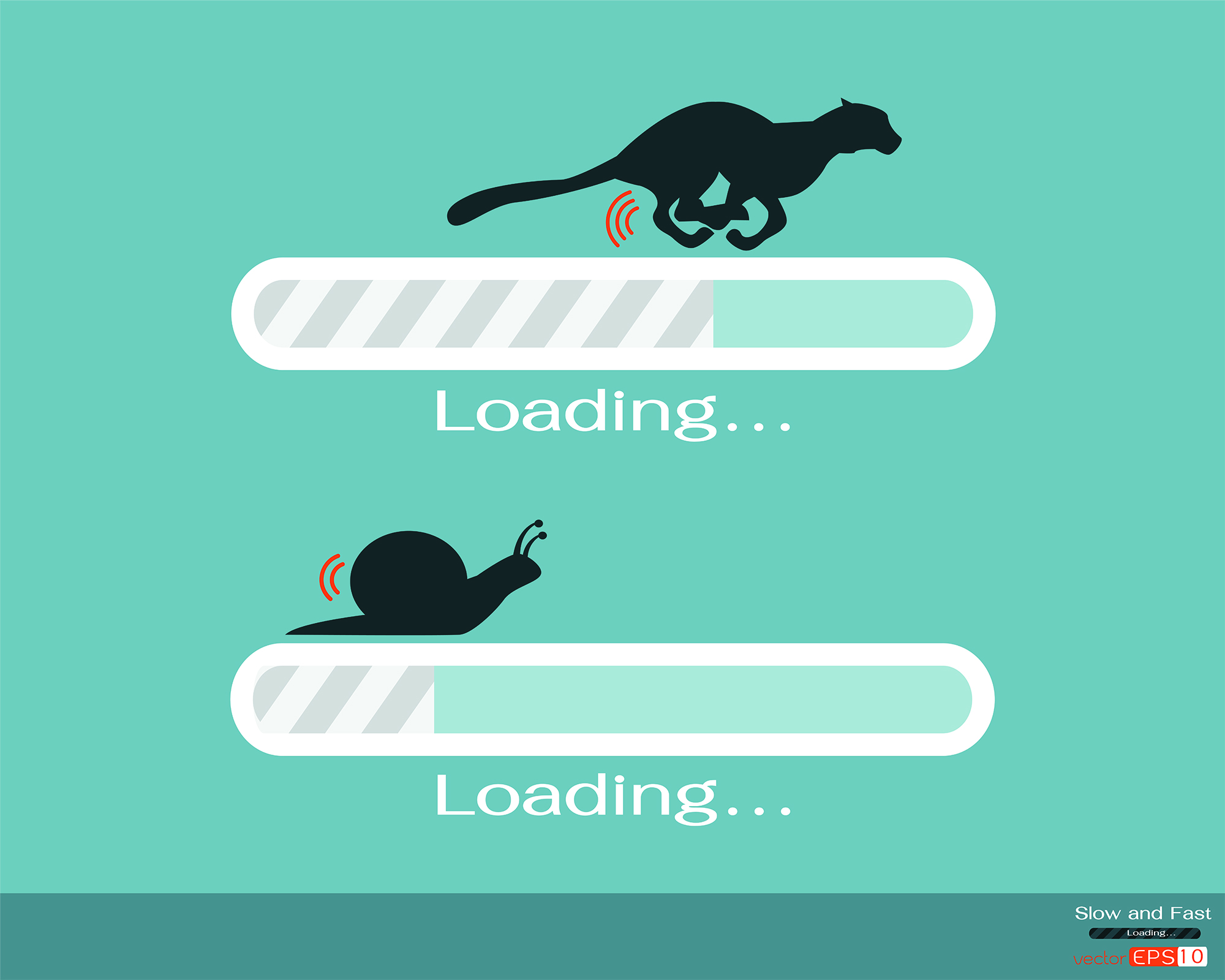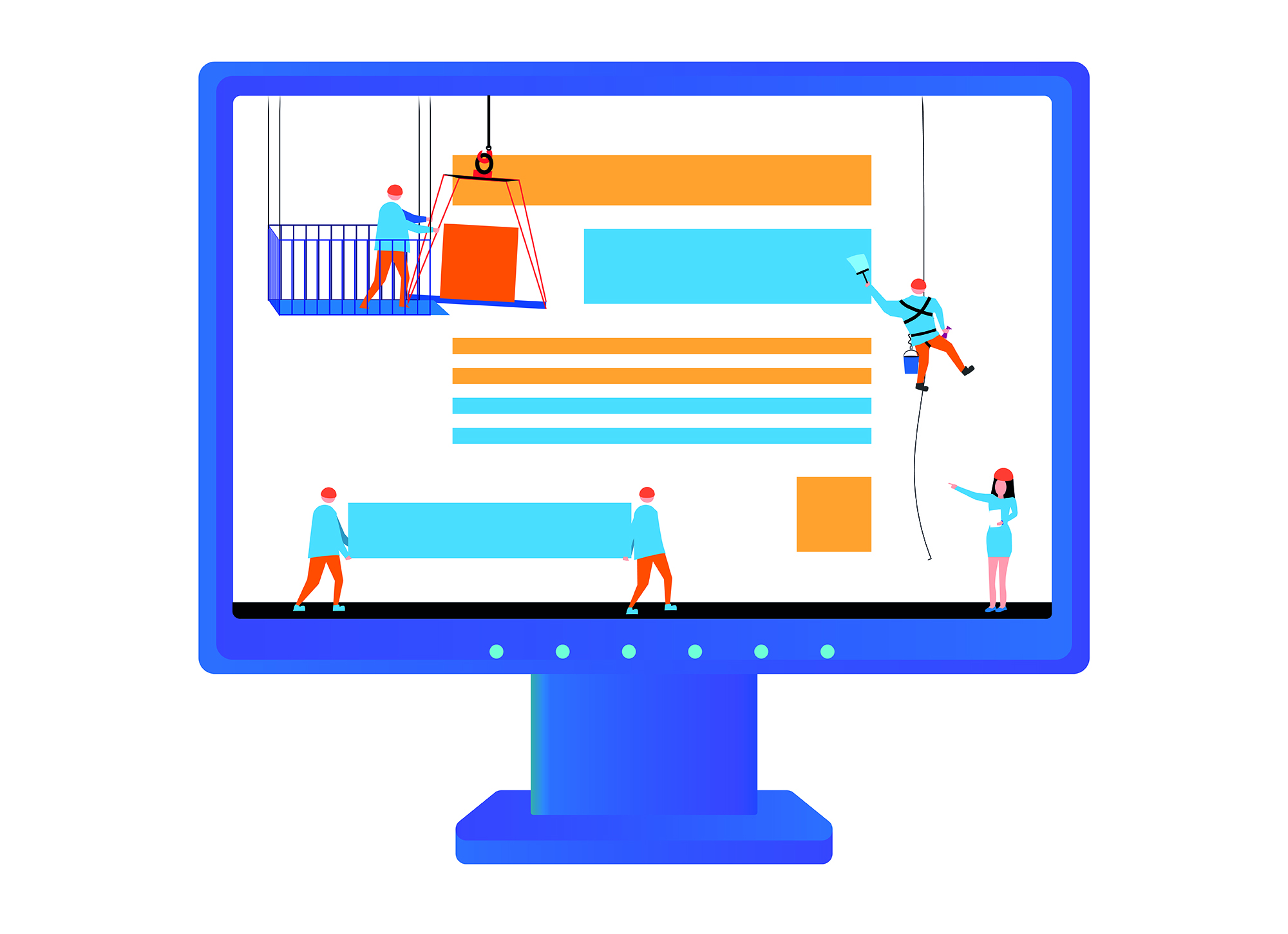
In today’s digital-first world, your website serves as the cornerstone of your business’s online presence. It’s often the first point of contact for potential customers, acting as a virtual storefront that communicates your brand’s values, services, and professionalism. Yet, many businesses underestimate the importance of keeping their websites up-to-date. A redesign every 3-5 years is not just a cosmetic upgrade but a strategic move that can significantly impact your business’s performance and reputation. Here’s why this regular refresh is essential.
The digital landscape evolves at a breakneck pace. New tools, features, and frameworks emerge regularly, offering better performance, functionality, and user experiences. A website built five years ago may no longer align with current technological standards.
For instance, older websites may lack:
By redesigning your website every 3-5 years, you ensure it stays technologically relevant, secure, and optimised for modern user behaviours.
Consumer preferences and behaviours don’t remain static. Today’s users demand intuitive navigation, fast loading speeds, and visually appealing designs. If your website doesn’t meet these expectations, visitors may leave and turn to competitors who offer a better experience.
For example, minimalist layouts with bold typography and interactive elements are trending in web design. Users now expect features like dark mode, AI-driven personalisation, and seamless e-commerce integrations. Regular redesigns allow you to adapt to these evolving preferences, ensuring your website feels fresh and relevant.

A positive user experience is crucial for keeping visitors engaged and encouraging them to take action, whether that’s making a purchase, signing up for a newsletter, or contacting your team. Over time, even the best websites can develop pain points, such as confusing navigation, broken links, or outdated content.
Redesigning your website allows you to:
An improved UX not only boosts customer satisfaction but also increases conversions and fosters loyalty.
Search engine optimisation (SEO) is a dynamic field, with algorithms constantly being updated by platforms like Google. Techniques that were effective five years ago might now be obsolete or even penalised. For example, keyword stuffing was once a common SEO practice, but today, search engines prioritise high-quality, relevant content.
A website redesign provides an opportunity to:
By aligning your website with current SEO best practices, you can maintain or improve your search engine rankings, driving more organic traffic to your site.

Your business is unlikely to remain the same over a five-year period. You may have launched new products, expanded into new markets, or refined your brand messaging. However, if your website doesn’t reflect these changes, it can create a disconnect between your online presence and your actual business.
A redesign allows you to:
Consistency between your brand and website ensures that customers receive a cohesive experience, building trust and credibility.
In a competitive market, your website’s design can make or break a first impression. If your competitors have sleek, modern websites and yours looks outdated, you risk losing potential customers. A dated website may give the impression that your business is behind the times, even if your products or services are top-notch.
Regular redesigns help you:

Analytics tools like Google Analytics and heatmaps provide valuable insights into how users interact with your website. Over time, this data can reveal areas for improvement, such as high bounce rates, underperforming pages, or confusing navigation paths.
A redesign allows you to:
By using data-driven insights, you can ensure your website redesign is strategic and impactful.

The digital ecosystem is constantly expanding, with new tools and platforms emerging to enhance website functionality. From chatbots and live chat features to advanced e-commerce plugins, these innovations can transform how users interact with your site.
A redesign enables you to:
Staying updated with new features ensures your website remains competitive and engaging.
Cybersecurity threats are a growing concern for businesses of all sizes. An outdated website is more vulnerable to attacks, such as data breaches or malware infections. Additionally, regulations like GDPR require websites to handle user data responsibly, with hefty penalties for non-compliance.
Redesigning your website allows you to:
Finally, redesigning your website every 3-5 years positions your business to adapt to future trends and technologies. Whether it’s AI-driven personalisation, voice search, or virtual reality (VR) integration, a modern website provides a solid foundation for embracing innovation.
By staying proactive, you can ensure your business remains agile and ready to seize new opportunities as they arise.

A website redesign every 3-5 years is more than just a refresh; it’s an investment in your business’s growth and success. By staying up-to-date with technology, user expectations, and industry trends, you can create a digital presence that drives engagement, conversions, and customer loyalty.
If it’s been a while since your last redesign, now is the perfect time to evaluate your website’s performance and consider how a modern, user-centric update could elevate your brand. Remember, your website is a reflection of your business. Make sure it’s saying the right things.
We would love to work with you on your next project or breathe new life into an existing one. Speak to our experts today!
Contact us